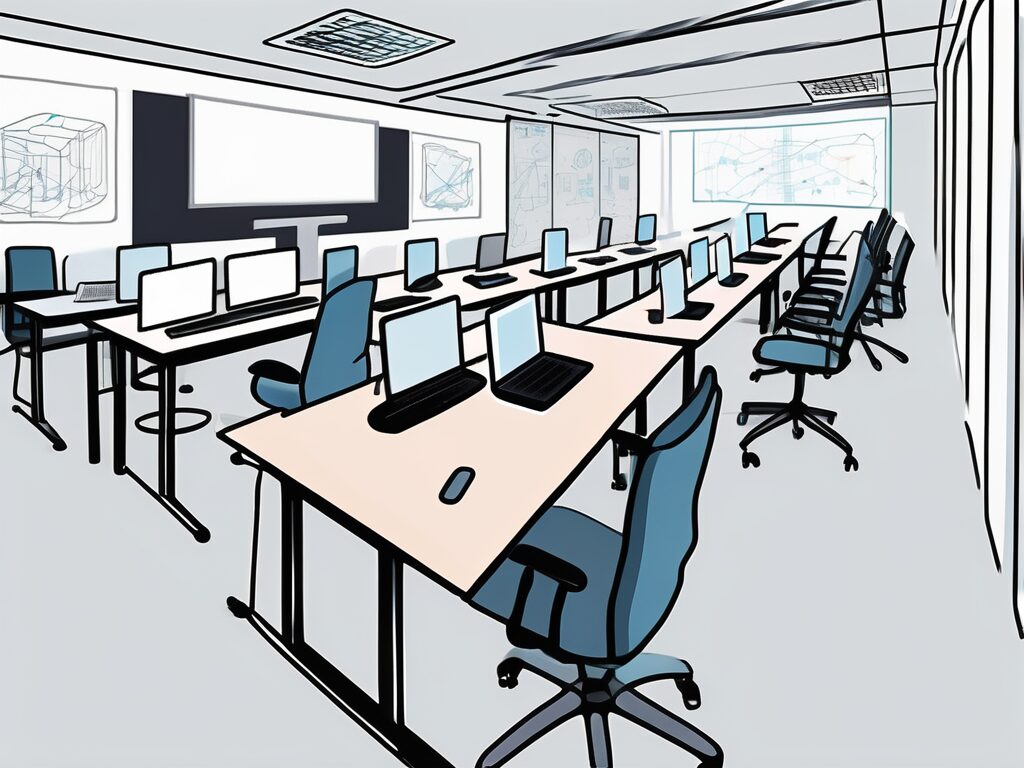What are the Barriers to Multicultural Education?
Multicultural education is a crucial component of modern teaching, especially for aspiring international educators. Understanding the barriers to multicultural education can help teachers create inclusive and effective learning environments. In this article, we will explore these barriers and provide strategies to overcome them, empowering educators to thrive in diverse classrooms.
Why is Multicultural Education Important for Aspiring International Teachers?
Multicultural education is essential for preparing students to thrive in a globalized world. For aspiring international teachers, understanding and implementing multicultural education can enhance job prospects and effectiveness in diverse classrooms. According to recent job market trends, schools increasingly seek educators who can navigate cultural differences and foster inclusive learning environments.
Key Skills or Qualifications Required
To succeed in multicultural education, aspiring international teachers should develop the following skills:
- Cultural Competence: Understanding and respecting diverse cultural backgrounds.
- Communication Skills: Effectively communicating across cultural and language barriers.
- Adaptability: Flexibility in teaching methods to accommodate diverse learning styles.
- Empathy: Building strong relationships with students from various backgrounds.
Steps to Get Started
To embark on a career in multicultural education, consider the following steps:
- Obtain Relevant Certifications: Pursue certifications like TESOL or iQTS to enhance your qualifications.
- Gain Experience: Volunteer or work in diverse educational settings to build practical experience.
- Engage in Professional Development: Attend workshops and courses focused on multicultural education.
Challenges and How to Overcome Them
Multicultural education presents several challenges, including:
- Language Barriers: Overcome by learning basic phrases in students’ native languages and using visual aids.
- Cultural Misunderstandings: Address by fostering open dialogue and cultural exchange activities.
- Resource Limitations: Utilize online resources and community partnerships to supplement materials.
Best Practices and Tips for Success
To excel in multicultural education, consider these best practices:
- Incorporate diverse perspectives into the curriculum.
- Create an inclusive classroom environment where all students feel valued.
- Continuously seek feedback from students and colleagues to improve teaching methods.
Conclusion
Understanding and overcoming the barriers to multicultural education is vital for aspiring international teachers. By developing key skills, gaining relevant experience, and implementing best practices, educators can create inclusive and effective learning environments. Embrace the opportunity to make a positive impact in diverse classrooms and prepare students for a globalized world.
Want to become a teacher in a Tier 1 international school? Join the course here.

